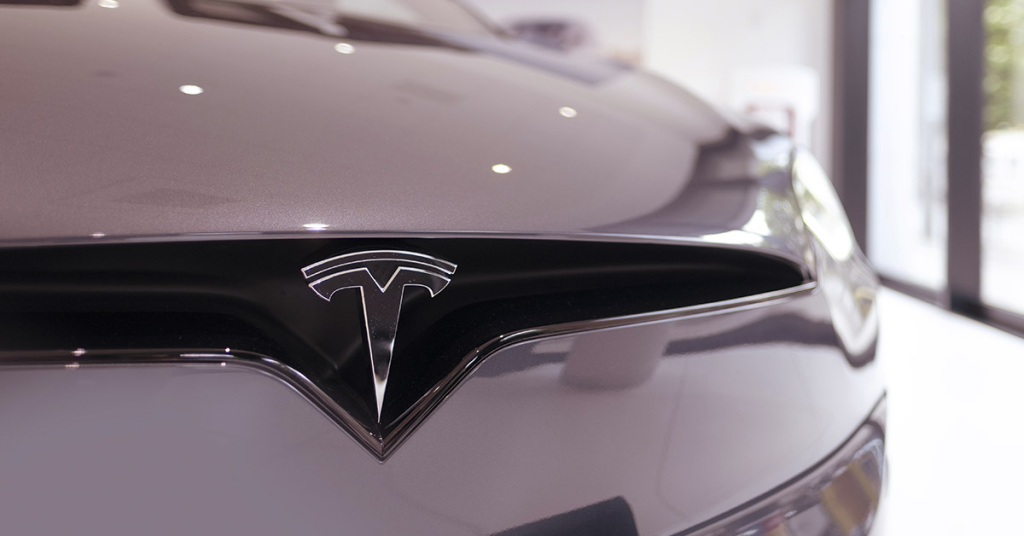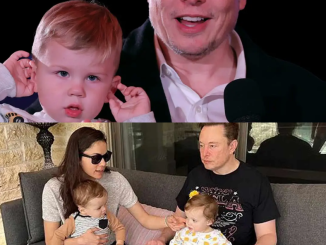
Tesla CEO Elon Musk is no stranger to overpromising. One example is his plan to start manufacturing the Cybertruck in 2019, although it actually began in 2023. The billionaire entrepreneur has admitted this fault, calling himself a pathological optimist but the important thing is that he eventually delivers. However, one overambitious promise can’t be fixed with an extended deadline. In 2016, Musk had claimed all vehicles produced from then on will have the hardware needed for future self-driving. But this turned out to be completely false as older Teslas now have defective and defunct auto-computers.
Millions of Teslas With Defective Hardware
Elon Musk has been promising full self-driving (FSD) software capabilities for years. He claimed Tesla owners would eventually get a software update allowing complete autonomous driving. It’s been almost a decade since this declaration, and it’s no longer the truth. The “self-driving hardware” in older models is called HW2.5. But Tesla quickly admitted this computer is not powerful enough to drive on its own. The company began producing vehicles with a new HW3 software, with the promise that this will be capable of the future self-driving update. They even retrofitted 2.5 models with the 3. But this was far from the solution.
Around 2023–2024, Tesla began putting a new and more powerful computer into their vehicles known as HW4. This time, they insisted that HW3 was still capable of FSD. In fact, the company was focusing on developing it so it would receive the performance update before HW4. As it turns out, Teslas with this supposed self-driving HW3 were defective. In a conference call, Elon Musk admitted that HW3 is not powerful enough to achieve FSD, says Forbes. This leaves about 4 million Teslas with a now defective self-driving computer.
At the same time, Musk promised to update and retrofit vehicles that have HW3. “I mean, I think the honest answer is that we’re going to have to upgrade people’s Hardware 3 computers for those that have bought full self-driving, and that is the honest answer and that’s going to be painful and difficult but we’ll get it done,” Musk said according to the transcript. Although no action plan has been announced, the International Business Times says the cost could surpass $10,000 billion (or £7.9 billion). “Now I’m kind of glad that not that many people bought the FSD package,” Musk had said.
Upgrading Vehicles With Self-Driving Hardware
There is already a legal precedent for Tesla and false advertising. In 2022, a judge ordered the company to upgrade a customer’s now-defective self-driving computer so they could subscribe to the FSD program for free. Remember, Musk had claimed that Tesla vehicles would have “all the hardware necessary for full self-driving capability” since 2016. This leaves many Tesla owners in the same situation as Tesla Model 3 owner Ian Jordan, who won the lawsuit since the company didn’t show up to defend itself.
According to Electrek, Judge Matthew A. Skau had written in the case’s conclusion: “Furthermore, Plaintiff purchased a second Tesla Model 3, relying on advertisement from the company that all Tesla 3 models come with all the necessary hardware for self-driving. Defendant learned that, in fact, installing the self-driving function would cost $1,106 in further hardware upgrades in violation of Tesla’s false advertising.” Skau had ordered Tesla to pay Jordan $1,657.50, covering the cost of the upgrade.
Fortunately, consumers with an Autopilot computer 2.0 or 2.5 are eligible for a free installation of the FSD computer, according to the Tesla website. However, those who have purchased a FSD subscription must pay $1,000 (originally $1,500, according to Business Insider) for the installation. In other words, customers who purchased the full self-driving subscription must pay another one thousand dollars to receive a functional self-driving computer. Bear in mind, the subscription costs $10,000 upfront or $199 a month. Not only that, the FSD update still requires driver supervision “who is prepared to take over at any moment”. This is not the autonomous “robotaxis” Musk had originally promised by 2020 back in 2019, says Reuters.
Tesla is Being Sued for False Advertising
Tesla is no stranger to lawsuits over false advertising. The California Department of Motor Vehicles alleges the company misled consumers by exaggerating the capabilities of its Autopilot and Full Self-Driving technologies. Tesla vehicles never could, “and cannot now, operate as autonomous vehicles,” the DMV claims, according to the LA Times. Despite disclaiming that their cars are not fully autonomous, Tesla’s website also states: “All you will need to do is get in and tell your car where to go. If you don’t say anything, your car will look at your calendar and take you there as the assumed destination. Your Tesla will figure out the optimal route, navigating urban streets, complex intersections and freeways.”
This is not the only false advertising case against Tesla currently in progress. In 2022, Briggs A. Matsko filed a lawsuit claiming the company exaggerated the capacity of the self-driving systems, which puts customers in danger and twists public perception of autonomous driving. This action was brought to federal court, and it intended to seek compensation for customers who had bought or leased Teslas with FSD or Autopilot since 2016. Matsko himself had paid a $5,000 premium for Enhanced Autopilot in his 2018 Tesla Model X, according to Newsweek. And despite the grand advertising, the company “has yet to produce anything even remotely approaching a fully self-driving car.” Tesla has not yet made an official statement about the lawsuit.


